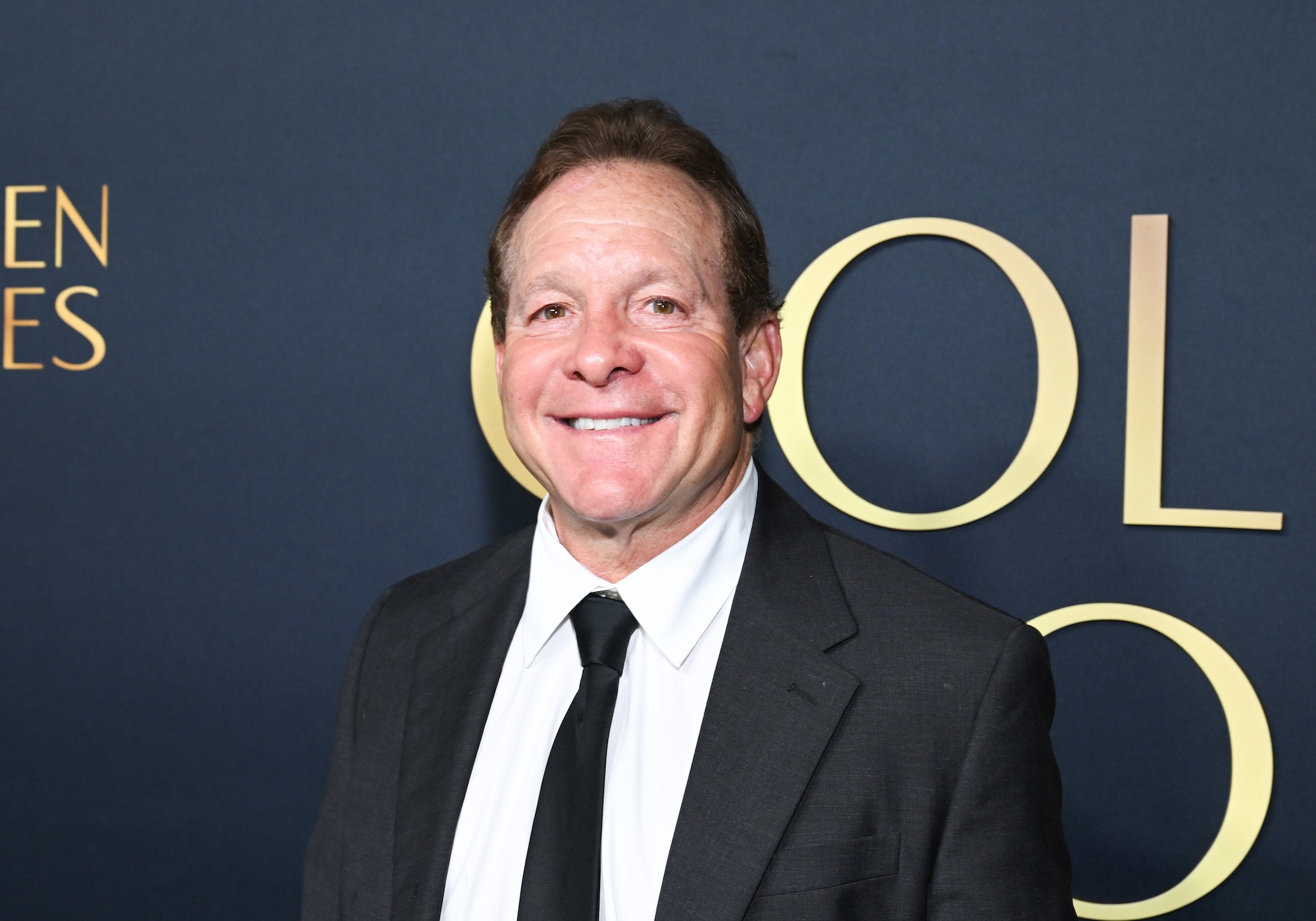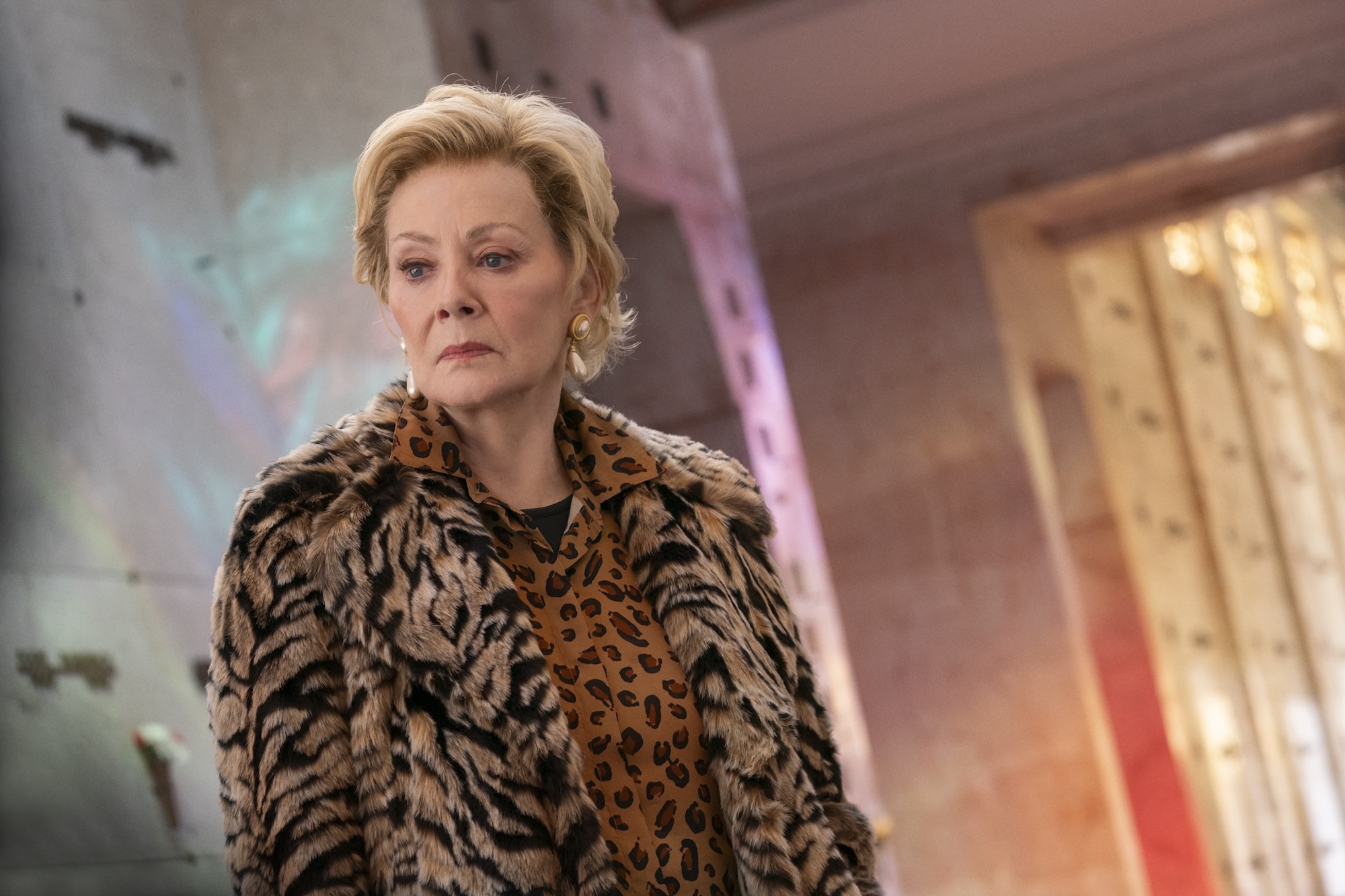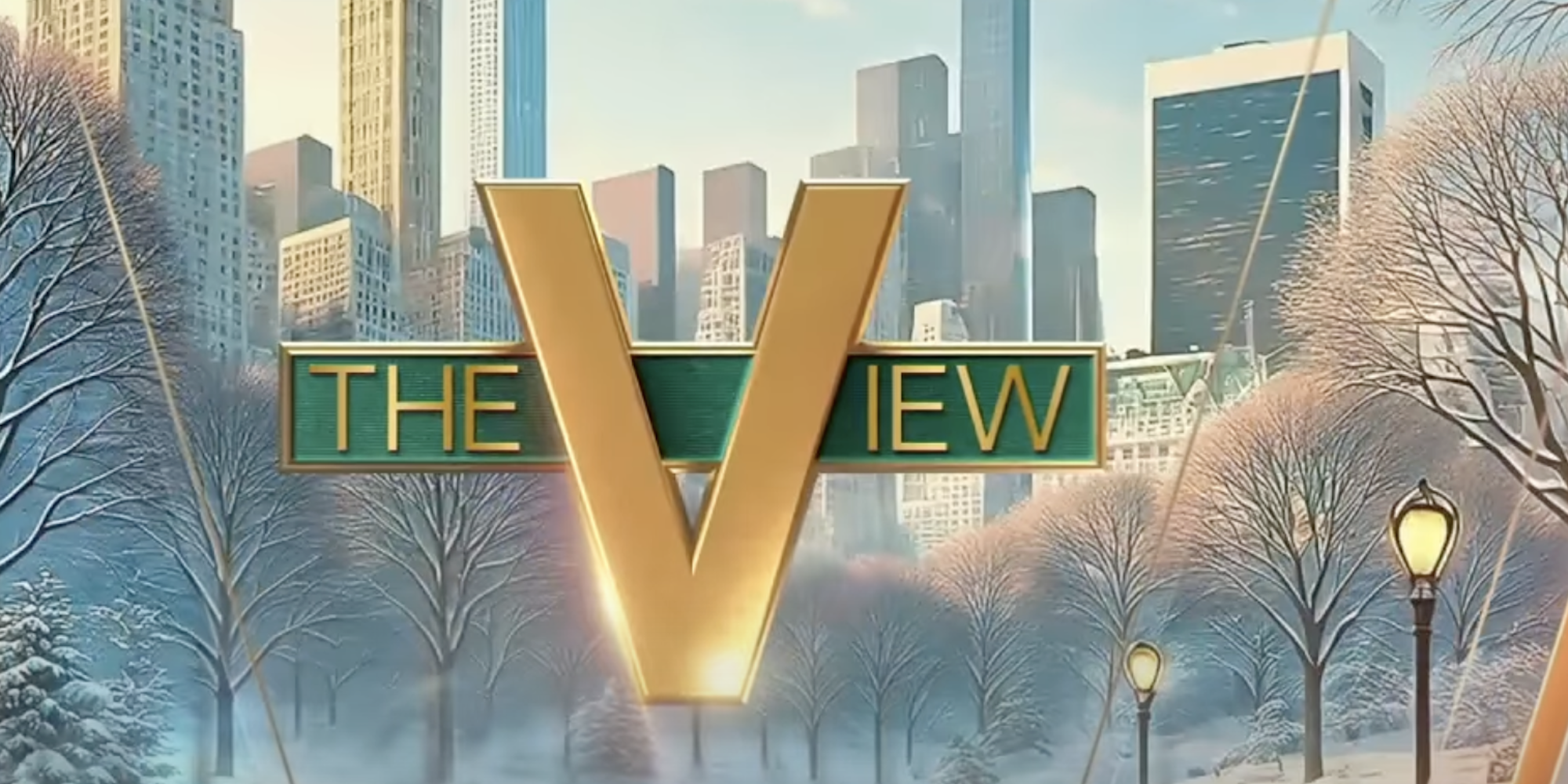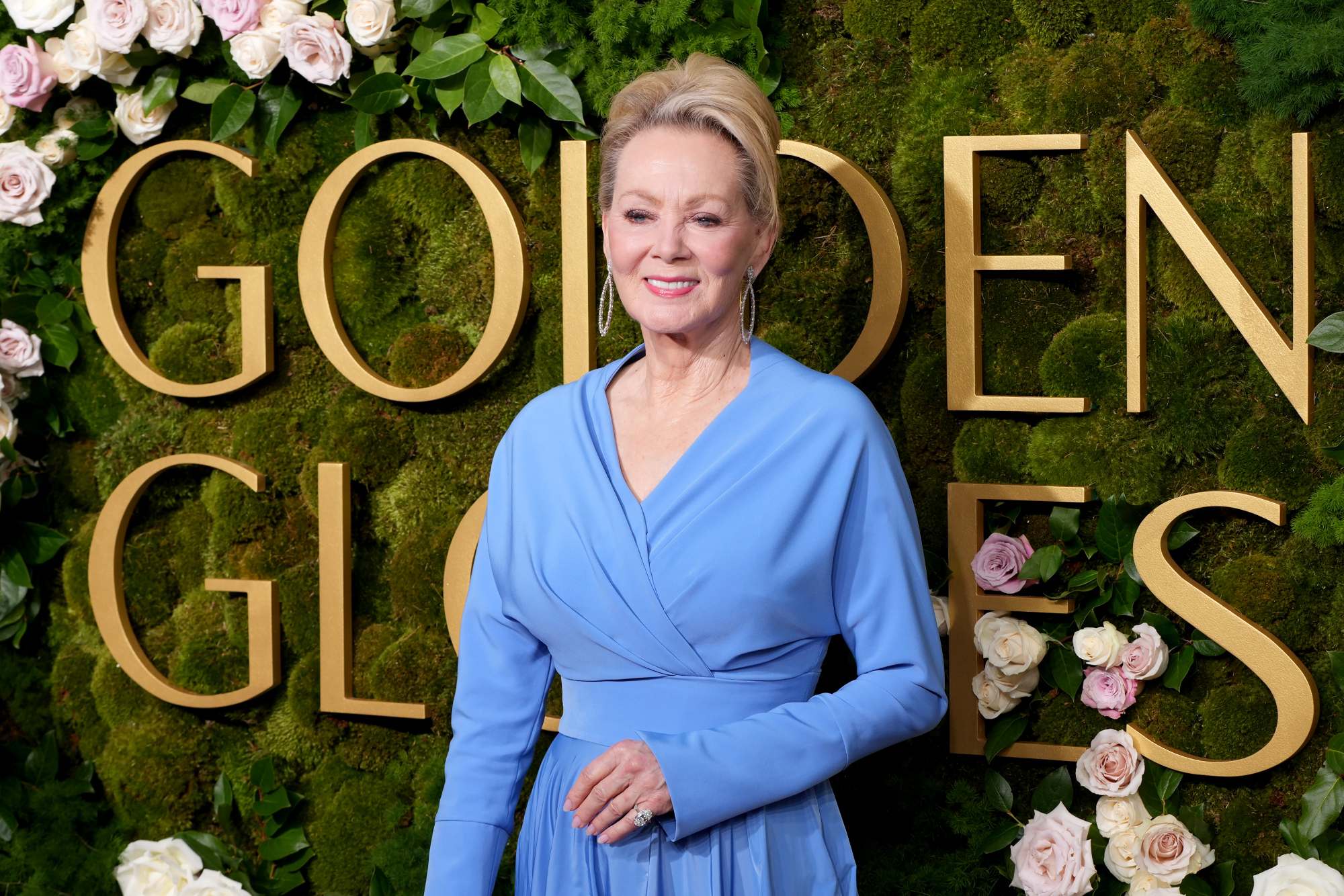“This Is Invincible’s Show”: Robert Kirkman on the Back Half of ‘Invincible’ Season 2
In late November, Invincible concluded the first half of its second season with its characteristic dramatic flair. After Mark Grayson (voiced by Steven Yeun) was reunited with his father, Nolan (J.K. Simmons), for the first time since Nolan (a.k.a. Omni-Man) devastated Chicago and nearly killed Mark at the end of the first season, the fourth episode pitted the father-son duo against a trio of Viltrumites, who had been hunting down Nolan ever since he deserted his post on Earth. By the end of the midseason finale, Nolan’s spine had been snapped, and he was being transported back to Viltrum to be executed, while Mark was on the brink of death (again) and under orders from the Viltrumites to finish his father’s mission to prepare Earth for the inevitable Viltrumite takeover.
Three months after that episode’s release, the Prime Video series resumes its eight-episode season on Thursday. Ahead of the show’s return, I spoke to creator Robert Kirkman over Zoom about the new season, the lessons that he learned from adapting his Walking Dead comics, how his relationship with Invincible has changed since the comic’s 144-issue run began in 2003, and more.
After the success of Invincible’s first season, what were some of the goals you had for the series heading into Season 2?
My goal for the show is just to make sure that every season builds on the one before it so that you have these intense moments in the show, hopefully moments that are very memorable. And I want moments in the successive seasons to be bigger, more memorable, more unique. It’s something I think we’ve accomplished with Season 2. I’m very excited about that, and it’s something that I think we’ve accomplished with Season 3 as well, although probably too early to talk about that.
I will say there were a lot of people that considered Invincible to be the Omni-Man show after the first season, and I wanted the second season to very clearly establish that this is Invincible’s show, this is Mark’s show. He’s the center of this world. We’re going to be experiencing everything through his eyes. Omni-Man’s very important, very present this season, but it’s definitely not the focus, and I think we accomplished that as well.
Yeah, it really felt like the heart of the season is about how Mark, but also Debbie and the rest of the world, is responding to what happened at the end of the first season with Omni-Man—particularly how Mark is coming to terms with who his father is and the legacy he’s left behind. Could you tell me more about that emotional beat, how you’re exploring that in this series, and how you chose the antagonist for this season?
Well, Omni-Man is a shadow that hangs over every scene, even if he’s not present. When Debbie’s upset, we’re very clear on the fact that Debbie is upset because of everything that happened with Omni-Man. Everything down to the Donald subplot is a result of Omni-Man’s actions. The fact that he touched nearly every character and every character is sort of reeling from his actions is really a core aspect of Season 2.
And then as far as Angstrom Levy goes, he is uniquely Invincible’s villain. He’s not somebody that has existed in the world prior to his actions in the season premiere. He’s not somebody who fought Omni-Man or that Omni-Man helped Mark fight when he was showing him the ropes or has fought the Guardians of the Globe. He’s somebody that is keyed in on Invincible as an antagonist. And so in planning out this season, we thought that this villain would very clearly show that this is Invincible’s show.
I know that this Angstrom Levy story line is coming from the comic books, but it’s also emerged in the TV series at a time when the multiverse has become a really popular narrative device. Was there any concern going into this season that the audience would be weary of another multiverse setup? And what do you think separates your approach from the other multiverse stories we’ve seen in recent years?
Most multiverse stories seem to be, “Look at all this fun stuff we can pull in from other dimensions. Here’s all these characters that you saw in other movies. Here’s all these aspects to the character that we can’t explore in this dimension.” And it’s fun, and I love those movies, but it’s a hodgepodge of very unwieldy aspects, and it gets to be very, very big. Even in the movies that do it well, like [the Spider-Verse franchise], it’s a hundred different things getting thrown at you. And by the time you get to the finale of Season 2, you can see that this is really just a character-focused story. The Angstrom Levy story line, his access to the multiverse, it’s really just to give us hints of Mark’s personality that we may not be seeing yet that may also be present.
So even though there is a multiversal aspect and there are other versions of Invincible out there, everything in this story is pointing to the Invincible that we’re following and the Invincible that we know. Are the sinister aspects of him that are present in other dimensions present in him? And it’s one of those fun things where you have the hero and the villain fighting, and you don’t necessarily disagree with either of them, to a certain extent.
But we were never really worried because when these comics came out, the multiverse was something that was in every comic book and had been explored ad nauseam for many, many years to the point where the comic-book-reading audience was like, “OK, this again,” and then we did something different with it. So to be in that similar position in the show puts us in a great position because otherwise, we would have to explain to a mass audience what we’re doing. “Oh, there’s a multiverse theory, and there’s different aspects that work this way,” and blah, blah, blah. But because of all these other movies, the audience is well-versed and completely familiar with what we’re doing, and we’re able to just dive in and tell the story we want to tell, the same way we were able to do in the comics.
Even beyond the multiverse, there are so many moving parts and emerging story lines in Season 2. What was the process for figuring out how to balance screen time across these eight episodes among the many characters and the new antagonists that are coming into shape?
We’re extremely fortunate to have the comic books completely done and finished in a way that we didn’t have with The Walking Dead. So because the 144-issue run of the series is completed, we have complete hindsight into how the comic-book stories went, how important each individual subplot became for the length of the series. And so we’re able to go, “OK, we can give that less time; we need to give that more time; we can enhance that subplot so we can set that up in a way that we weren’t able to in the comics because we didn’t know that stuff was coming.”
So because of that, it’s really kind of assembling a puzzle when we sit down to map out a season. A lot of work goes into that, and there are certainly some new innovations that are brought to the table in that process. But for the most part, it’s plugging in different things and figuring out what we’re going to expand and what we’re going to truncate based on where the story went in the comics.
We’re really just at the tip of how far Invincible goes in the comics. I’ve seen you mention in previous interviews that you’re hoping for a seven-to-eight-season run. How do you go about plotting out the overall trajectory of where it’s headed in later seasons?
I’ve learned from the Walking Dead process. In working on The Walking Dead, I was very much like, “Let’s change this. Let’s throw this out. This is going to be more exciting for me if it’s different,” because I don’t really like doing the same thing again. But with Invincible, I’m trying to work on the “if it ain’t broke, don’t fix it” model. And really it’s just a matter of going through the comics and finding where the best season finales are, because the comic was written with accelerating, heightening moments that continue to build off of each other. And so there are benchmarks along the way where it’s like, “Oh, there’s a good finale, there’s a good finale, there’s a good finale.”
And then when you sit down after you’ve blocked those out and map out, like, “OK, here’s how we built to that. Is there a better way to build to that? Is that a full eight-episode chunk?” Because we never want the show to seem like it’s stalling out or spinning its wheels. We want there to be this forward momentum at all times. We want the show to feel kind of unrelenting, and so making sure there’s enough material to build to those moments is important.
What other lessons have you taken away from building out your adaptation of The Walking Dead? There are all these spinoff series continuing to expand the Walking Dead world, and Invincible is already starting to do some spinoffs too.
Yeah, would we be so lucky as to have Invincible be as successful as Walking Dead has become? To say that we learned lessons from it is certainly not to detract [from] what [Walking Dead chief content officer] Scott Gimple and his team have been able to do with Walking Dead. It’s been a crazy ride. But there are some things along the way that, from a behind-the-scenes perspective, I’m like, “Maybe don’t do that” that I’m incorporating. Not necessarily worth speaking publicly about it, but there are slipups that everybody makes. Some of them were mine. [Laughs.]
If anything, it’s really just a matter of making sure that we are always true to the fan base, making sure that we are always providing them with something exciting but also never pulling the rug out from under them, never taking advantage of their devotion. Which is not to say that Walking Dead has done that, but it’s just a good rule of thumb at all times. I have to recognize there are certain moments from the comics that a fan base would be upset not to see adapted. So identifying those moments and making sure that we do them justice is something that we take very seriously.
Now that you’re through two seasons of Invincible and in the process of creating the third, what have been some of the highlights of adapting the comic books into this animation medium? And what are some of the biggest limitations or challenges that have come with it?
The biggest thing is people don’t realize how much motion and sound can change things. A lot of the huge differences in the show are just us adapting the scenes the way that we possibly would’ve done them in the comics if we had motion and sound at our disposal. And so there are concepts and moments in scenes from the comics that I just left out because I knew that we couldn’t accomplish them in comic form. And so sometimes, when we’re writing the scripts, it’s like, “Oh, I was going to do this one thing in the comics, but it wasn’t something I could pull off. Let’s plug that in here.” And that’s been really exciting.
As far as limitations go, I mean, there’s a difference between having Ryan Ottley draw the most spectacular battle sequence ever over the course of two pages. It’s one big image, and you get to scan your eyes across that still image in the comic and go, “Oh my gosh, this is the most epic battle I’ve ever seen,” but nothing’s really moving. And then when that comes to adapting in animation, it’s a massive scene with so many moving parts. And you’ve got board artists and character design people, prop design people and vehicle design, environment design, to the people overseas that are actually drawing everything—it becomes a massive undertaking.
So it has taken a little bit of time to wrap our heads around those limitations because coming from the live-action world, I’m like, “Animation is like comics. There’s no budget. We can do whatever we want.” It’s not exactly true, which is possibly the reason for some of our delays, because we had a big appetite and unrealistic expectations, and those kinds of things take time. But we’re getting a better handle on that, and we’re not breaking our team’s back with unproducible scripts at times.
When creating Season 2, how did that midseason break impact how you chose to structure this season? Was that something you had in mind coming in?
No, that was something that became a production necessity, again, because we were not anticipating how difficult this show would be to produce after the scripts were written. So the fact that the huge Omni-Man moment on Thraxa and the final moments with Kregg and putting Mark in charge of Earth just happened to fall in our fourth episode, that’s when we were like, “Oh, OK, narratively, having a break here actually makes sense.” I understand that the fan base is not happy about it. If I was just a fan of this show, I would also not be happy about it. But it was a necessity. It was the best possible outcome with the situation that we were in. And that narrative break did seem to fall at a really perfect time. Whether we’ll be doing this again in the future remains to be seen.
It’s been more than 20 years since you created Invincible, so I was wondering—
[Kirkman starts to dramatically sink deeper into his chair.]
Sorry.
It’s OK. It’s OK.
Aside from the passage of time, I’m curious about how your relationship with Invincible has changed as you’ve adapted it to television and seen it in this new light.
I think I was 23 when I started writing the Invincible comic. Cory [Walker] was a couple years younger than me, and then Ryan Ottley is like a year or two older than me. But when I was writing the opening issues, high school wasn’t that far in my past. And so I very much was writing the book from the perspective of a high school kid and from the perspective of being a son to a father when I was writing a lot of those Omni-Man scenes. And it was cool writing those scenes again for the show, having been a father, having aged the hundred or so years since I wrote those issues. And so you do have a different perspective on it, and it gives you a little bit of balance being able to be on both sides of it.
But the most important thing to note is that Invincible ages a tremendous amount and matures a tremendous amount over the course of the series. And it was kind of fun experiencing the same thing in real life while I was telling those stories, because it was a 16-year run, I think, when all was said and done, and I was pushing 40 by the time the book was over. My kids are practically adults now, which is depressing to think about, but it’s crazy how much life changes over a period of time. And hopefully that experience that I’ve gathered over the years is being put to good use on this animated show. But I still feel like a fraud and a failure, and I’m just trying to fake my way through life. So who knows if it’s actually working?
Sorry, it got depressing at the end there. [Laughs.]
This interview was edited and condensed for clarity.







